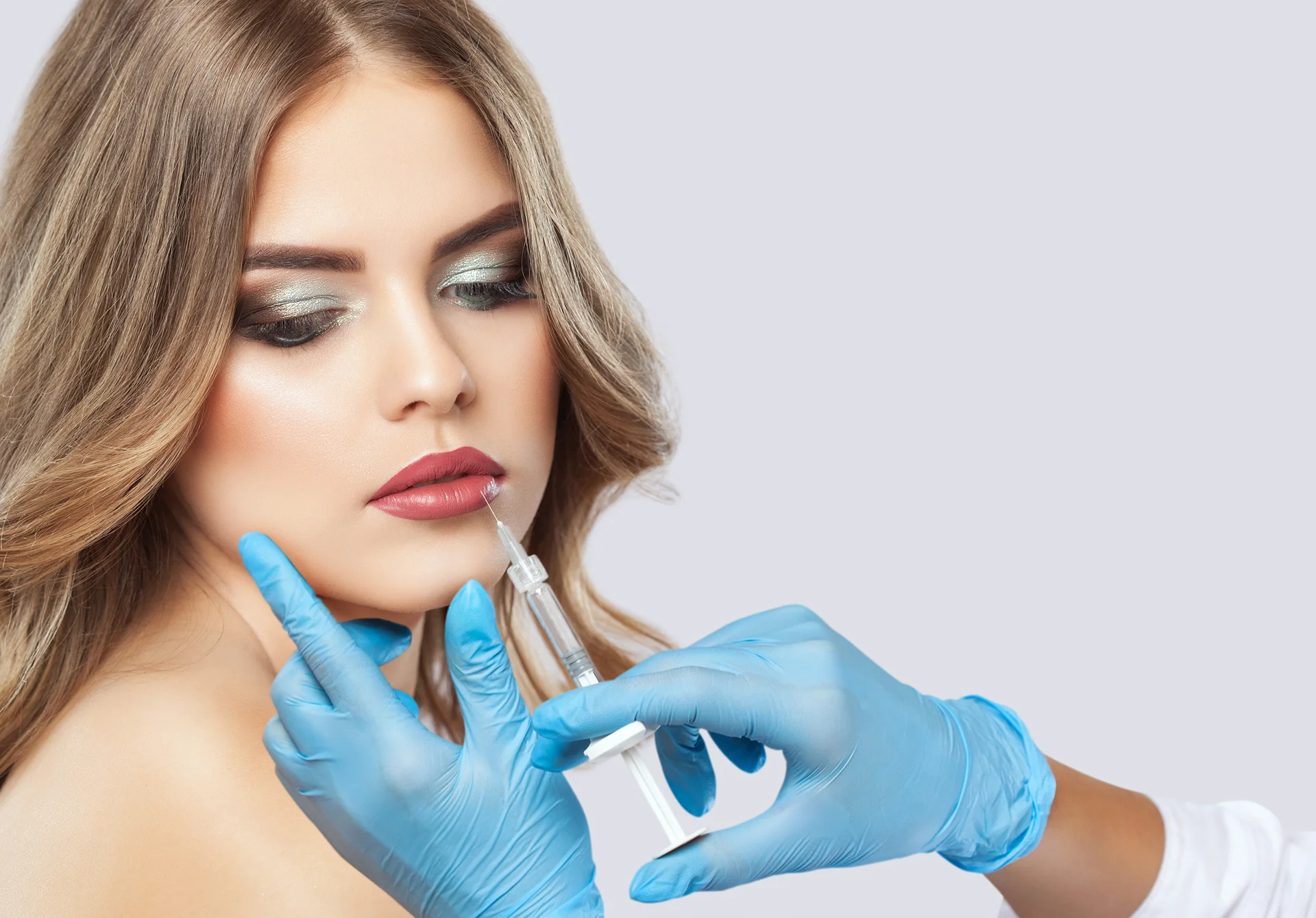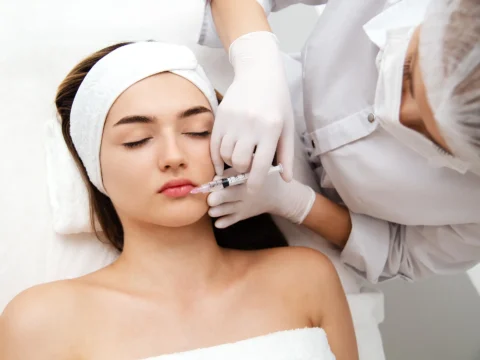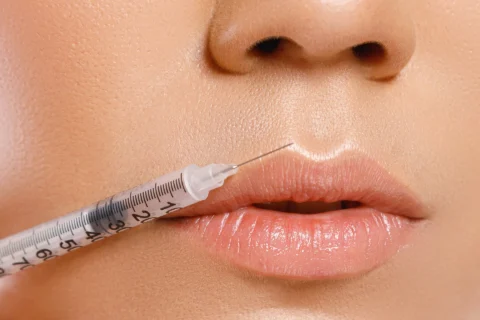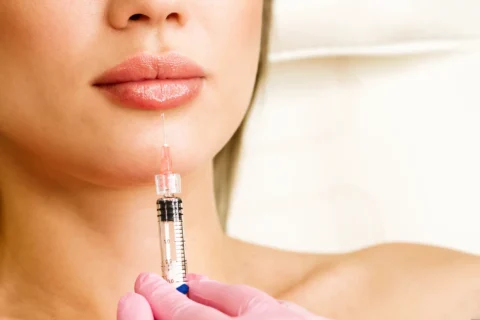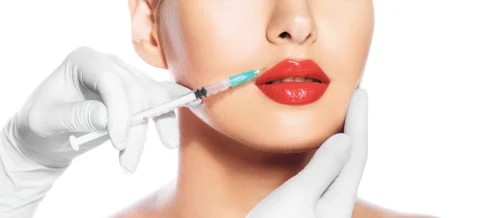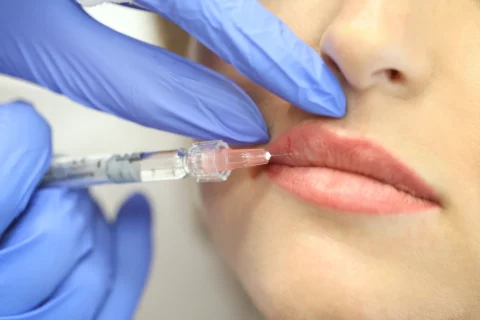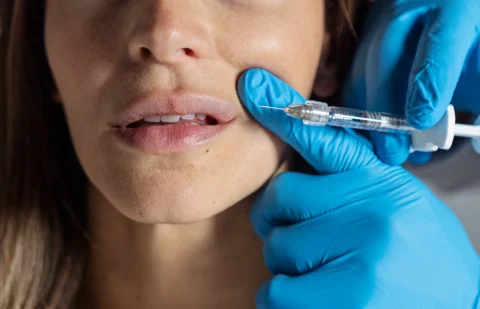Full, plump lips can dramatically transform one’s appearance with minimal effort. As the popularity of lip fillers continues to rise, proper aftercare remains crucial to achieving lasting results. In particular, lip massage plays a pivotal role in promoting healing and ensuring enhancements integrate seamlessly.
This comprehensive guide provides insight into the various dermal fillers available, the benefits of massage, techniques to try, potential concerns, and ways to care for lips every step of the journey to naturally bountiful puckers.
Understanding Lip Fillers
Lip fillers, also known as lip injections, are a type of dermal filler treatment that involves adding volume and enhancing the shape of the lips. These fillers are typically made of synthetic hyaluronic acid (HA), a substance naturally produced by the body.
A lip filler treatment is a non-surgical form of lip augmentation and provides temporary benefits, with results lasting for about six to nine months. Semi-permanent fillers can last up to two years.
The types of lip filler injections include:
| Types | Description |
| Hyaluronic Acid (HA) Fillers | Hyaluronic acid fillers are commonly used for lip augmentation. They can add volume, enhance the shape, and improve the structure of the lips. Some well-known HA fillers include Restylane, Juvederm, and Perlane. |
| Collagen Lip Fillers | Collagen fillers, which were once the most common type of dermal filler, are used less often today. They can also improve the appearance of the lips by adding shape, structure, and volume. |
| Silicone Lip Fillers | Silicone fillers provide a permanent solution for lip augmentation. However, they are not as commonly used due to the potential risks and complications associated with permanent fillers. |
| Fat Transfer Lip Injections | This method involves transferring fat from one part of the body to the lips to add volume. Fat injections are less commonly used today due to the variability of results and a greater risk of side effects. |
The most common reasons for lip augmentation include:
- Enhanced Appearance: One of the primary reasons why people choose to get lip fillers is to improve the appearance of their lips. Fuller lips can make a person look and feel younger and can help improve facial harmony and balance. Lip fillers can also help boost self-confidence in professional and social situations
- Aging Signs: As people age, their lips can lose volume and become thinner. Lip fillers can help restore lost volume and reduce the appearance of fine lines and wrinkles around the mouth
- Genetics: Some people are born with naturally thin lips and may choose to get lip fillers to add volume and improve the ratio of the upper to lower lip
- Trend: Lip augmentation has become a popular trend in recent years, with many people seeking to achieve the perfect pout
- Customization: Lip fillers offer a range of customization options, allowing healthcare providers to choose the exact quantity of filler needed to achieve the desired results
Why Lip Filler Massage is Crucial
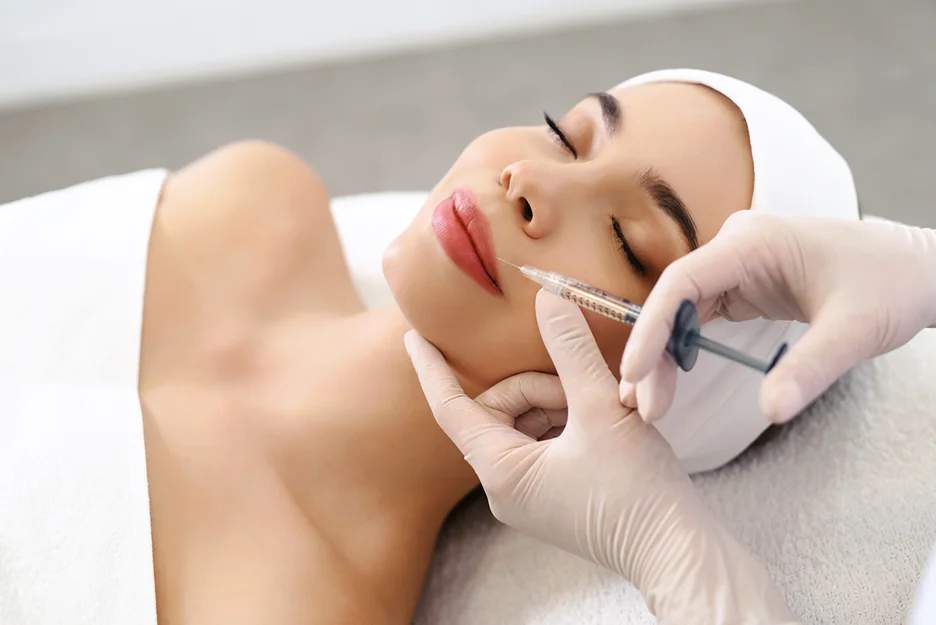
Massaging lips after injection serves several key purposes.
- It helps distribute filler products evenly while reducing swelling and discomfort that could otherwise lead to lumps or bumps. Gentle massage also enhances a natural appearance by promoting an even spread of material throughout the lips.
- Massage further reduces the risk of lip filler migration by preventing accumulation in unwanted areas of the face. The technique increases local blood flow, expediting the healing process and reducing complication potential. Better circulation also allows the body to more efficiently process foreign substances from fillers.
- Regular massage completes the distribution of filler begun by the practitioner’s injection technique. This ensures lips maintain their enhanced volume and shape optimally over subsequent months. Taking time to massage is imperative for achieving the most natural and long-lasting results from the investment in lip augmentation procedures.
How to Massage Lips After Lip Filler Procedure?
Performing a lip filler massage is an important step in the lip augmentation process. Here are some tips on how to perform a lip filler massage:
- Wait until initial swelling and bruising have gone down. It’s important to wait until you are 5-7 days post-needle injections before starting any massage to avoid unnecessary trauma.
- Wash your hands thoroughly. Before starting the massage, wash your hands thoroughly to avoid any risk of infection.
- Use gentle pressure. Use gentle pressure when massaging the lips to avoid any discomfort or pain. Insert your thumb into your mouth and use your index finger to massage the lip filler bumps for 2-3 minutes in a circular kneading motion.
- Use circular motions. Use circular motions for effective massage. The rolling motion technique is especially recommended for upper lip massage to remove bumps in the lip after filler.
- Be consistent. Consistent care is important for the best possible results. Lip filler lumps that are noticeable 5-7 days after the treatment can take 2-3 days to dissolve with lip massage.
- Use warm or cold compress. A warm compress can be used before the massage to warm up the area, while a cold compress can be used after the massage to reduce any swelling or discomfort.
Common Side Effects and How to Address Them
Swelling after lip fillers is quite normal and often relatively mild. Icing lips for 24 hours helps reduce predictable inflammation. However, excessive swelling requires contacting one’s practitioner.
Allergic reactions to filler material are rare but occur in some individuals. Redness, itching, or worsening swelling needs immediate medical evaluation. Natural reactions typically fade within a few days.
Addressing any prolonged or severe bruising, asymmetry, or filling outside lip borders warrants a follow-up visit. By communicating outcomes clearly, practitioners address uneven appearance or accumulation through additional massage or corrective injections.
Ensuring a natural aesthetic result demands finding an experienced injector familiar with each patient’s goals and facial balance. Overfilled “duck lips” represent an undesired aesthetic some try to avoid through preventative guidance from their provider during the consent process.
Regular post-procedure check-ups allow practitioners to monitor healing, catch early concerns, and provide personalized adjustment recommendations. This personalized approach optimizes both health and aesthetic satisfaction.
Additional Post-Treatment Care Tips
Harnessing the healing power of arnica gel or pellets further aids the recovery process. This natural remedy contains compounds that dilate capillaries, flushing out bruising and blemishes for brighter skin.
Avoiding exertion for one to two full days after injections prevents unnecessary pulling or pressure that could worsen swelling or hematomas. Light activity may resume as comfort level increases.
Following up with one’s practitioner allows them to assess results, catch any issues early, and recommend further massage or adjustments as needed on an individual basis. This customized, professional follow-up care optimizes outcomes and satisfaction.
Other Potential Risks and How to Mitigate Them
Lip fillers are a safe and effective cosmetic procedure, but like any medical procedure, there are potential risks. Here are some potential risks of lip fillers and how to mitigate them:
Infection
Infection is a potential risk of lip fillers. To prevent infection, patients should ensure that their healthcare provider uses sterile equipment and follows proper hygiene protocols. Patients should also avoid touching their lips after the procedure and avoid applying makeup or other products to the lips for at least 24 hours.
Body’s Inflammatory Response
The body’s natural response to foreign substances is inflammation, which can cause swelling and redness. This is a normal part of the healing process and should subside within a few days. Patients can use ice packs or cool compresses to reduce inflammation.
Vascular Occlusion
Vascular occlusion is a potential risk of lip fillers and occurs when the filler material is injected into or around an artery, leading to tissue death. To mitigate this risk, patients should work with a qualified and experienced healthcare provider who can inject the filler material safely and accurately. Patients should also avoid blood-thinning medication before the procedure.
Use of Blood-thinning Medications
Blood-thinning medication can increase the risk of bleeding and bruising after the procedure. Patients should inform their healthcare provider if they are taking blood-thinning medication and follow their specific instructions for pre- and post-treatment care
Consider Ethos Aesthetics + Wellness For Your Lip Filler Needs
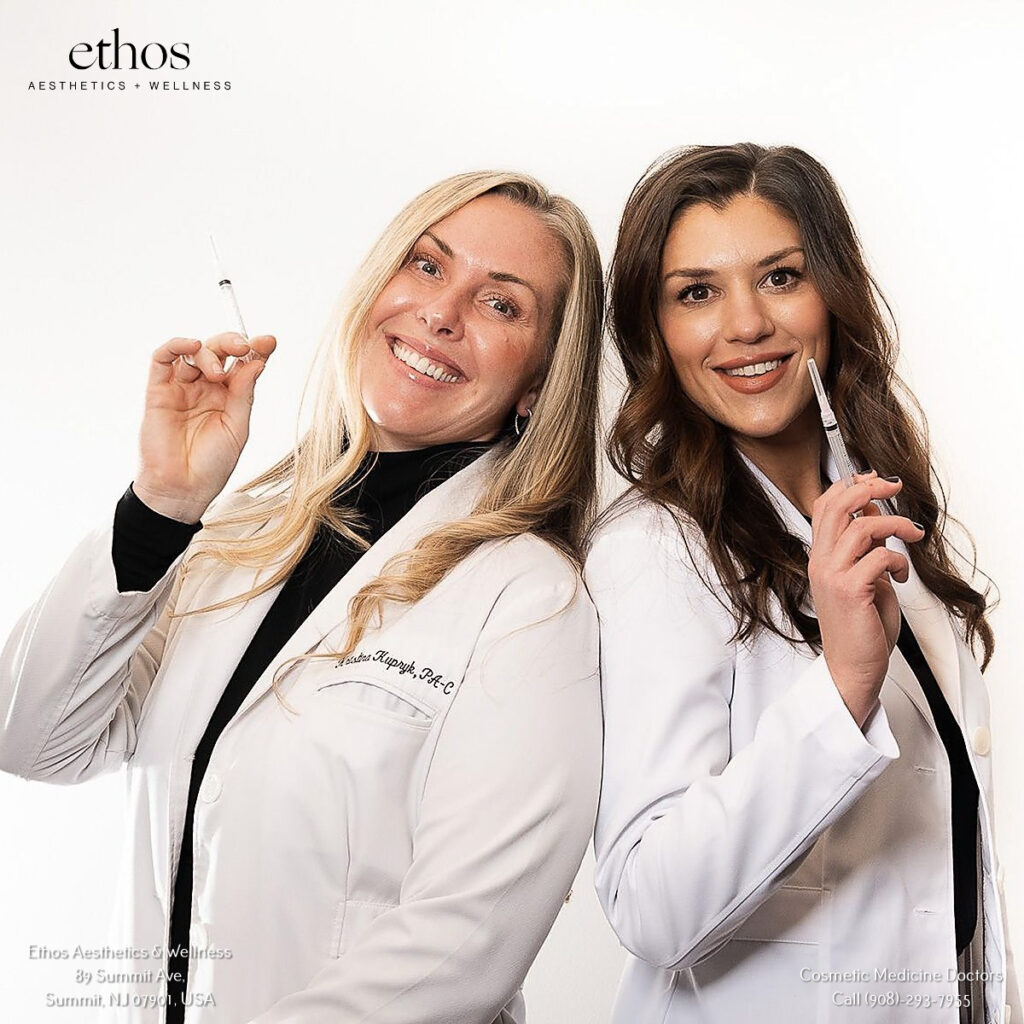
After reviewing the important information provided in this guide, you likely have a better understanding of lip fillers as well as questions or concerns. For personalized consultation from a trusted provider, consider contacting Ethos Aesthetics + Wellness.
Ethos Aesthetics + Wellness’s experienced team of cosmetic professionals can address your unique goals and concerns. They perform lip filler procedures using only top-quality, FDA-approved injectables while ensuring a comfortable and safe environment.
To discuss your options and see if lip fillers may be right for you, book your appointment today.

